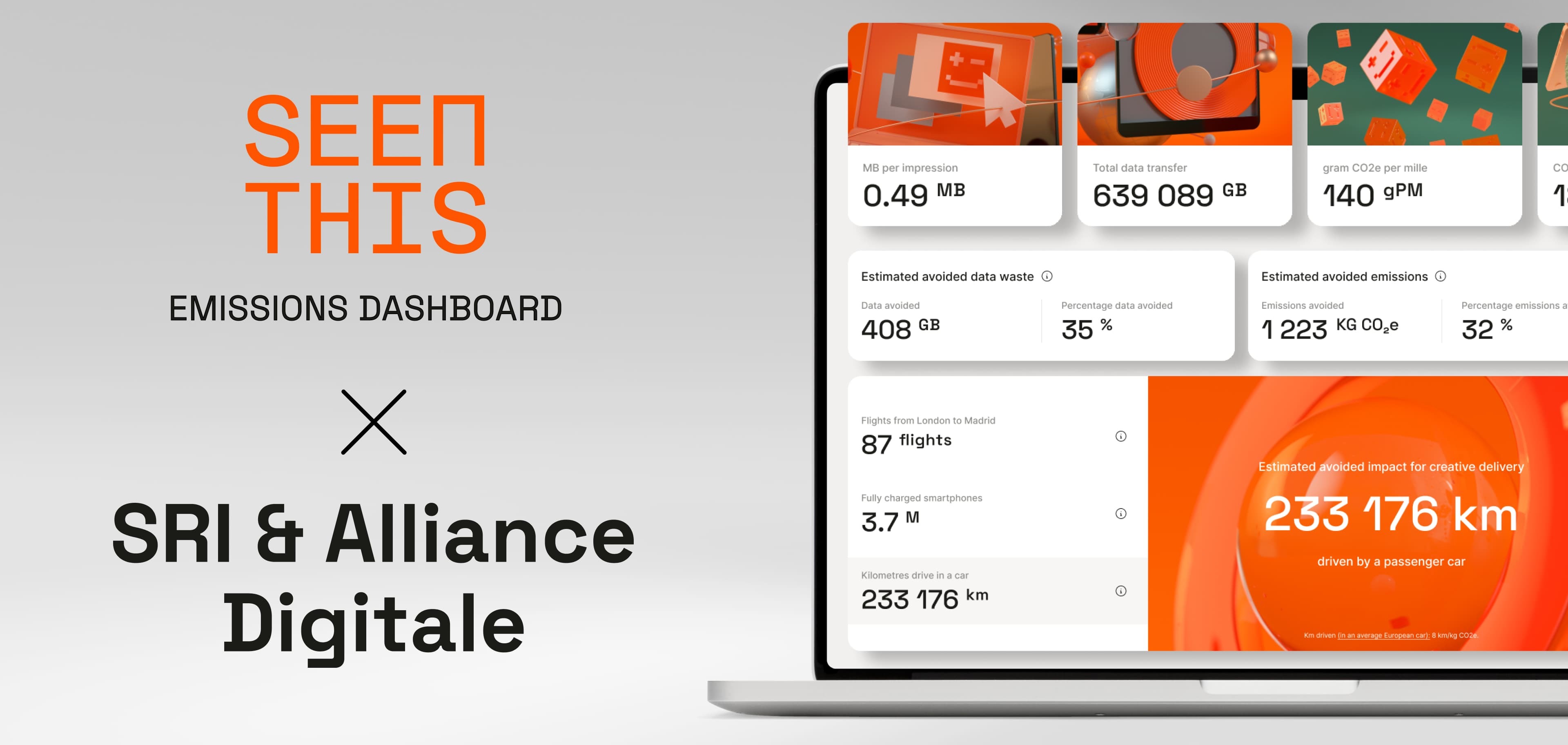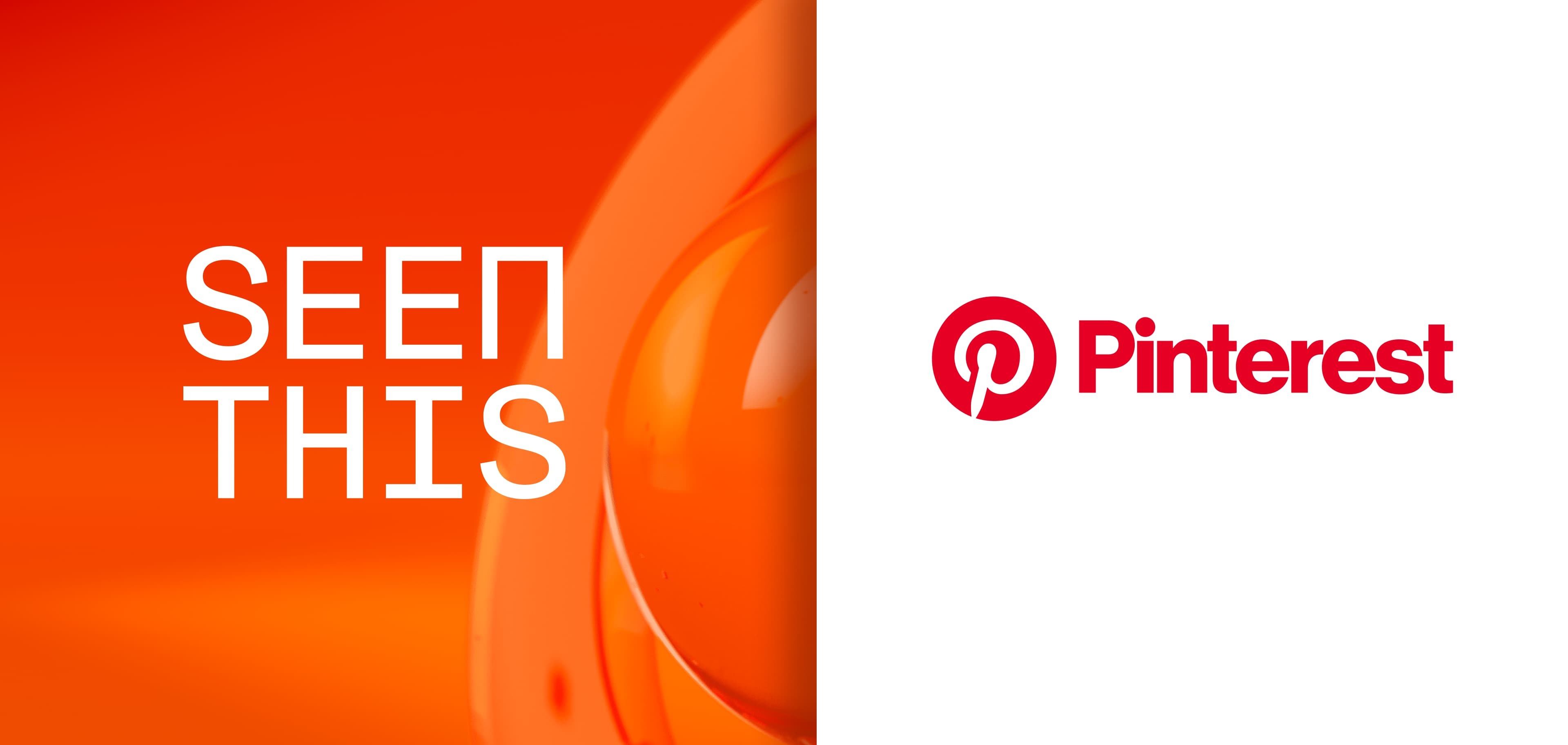Why Cost Savings In Advertising Is So Exciting

I’ve spoken with a number of agency executives who say that they are winning business lately with strategies to help advertisers make more with less. GroupM predicts that total advertising spend will decrease in 2024, despite the boost of both political and Olympic spending. Of course, even with tighter budgets, every advertiser still has 2024 goals that are higher than 2023.
While people in the digital ad market would like to see higher budgets, focusing on reducing costs without reducing performance is actually really exciting. We can make our industry work so much better. For example, advertisers are painfully aware of the waste in the programmatic advertising supply chain. The ANA very publicly took advertisers to task in their transparency report for an estimated $20bn of wasted spend. They estimated at least 25% percent of impressions paid for were completely wasted and many others were full of unnecessary and expensive complexity.
Digital advertising has similar opportunities to do more with less in many places that are hidden or unnoticed. Creative, planning, buying, ad serving, optimization and reporting present opportunities for advertisers and their agencies to increase efficiency and effectiveness every single step of the way.
Creative Cost Savings
Media complexity is a clear opportunity for improvement, but there are many other areas of the advertising industry that can be rethought to drive dramatic improvements in value for investment. Consider the creative itself.
AI has given rise to the ability for advertisers to insert signage and products digitally, redefining product placement and dramatically reducing the cost to create an in-content moment. No need to be on set for shoots, and less time planning and editing. AI is also being used to deconstruct an ad and rebuild it to fit the specs of different platforms, which can save thousands of hours of agency labor. One campaign across platforms can include hundreds of different creative sizes and formats.
Advertisers typically invest huge budgets in video creative for TV, and have limited use of it on digital channels. With adaptive streaming ad technology, they unlock the ability to run high-def video in display. What’s more, CTV enables advertisers to create high-impact display ads in entirely new ways like Direct-to-Glass display placements on the home screen that engage users for much less up front creative cost than video.
Creative data is now available to advertisers to help understand the exact elements within an ad that are driving performance, which speeds up the optimization process and reduces the number of false starts for creatives that don’t resonate.
The Targeting Fallacy
Another “negative” aspect of digital advertising in 2024 may also contribute to an improvement in effectiveness - no more third-party cookie targeting. Targeting is so easy, especially on the big platforms like Meta, Amazon and Google, that advertisers spend much more on it than they should. Hopefully advertisers get enough of a wake up call to rethink their approach.
Consider the concept of “lift.” Advertisers often fail to eliminate the bucket of people who are already likely to buy their products, and instead pay extra to target them. They see a higher conversion rate on campaigns where they paid for a target audience segment and often mistakenly assign credit when many of those purchases would have happened anyway. Getting rid of loyal buyers in a target segment can reduce the cost of audience targeted campaigns considerably.
Advertisers could also tighten up their targeted campaigns across channels with better frequency capping and stronger viewability and attention thresholds. Elements like high-frequency exposure can be particularly problematic across social platforms and on CTV. Many advertisers are ok with the somewhat insane viewability rating of 70%, which means that 30% of their ads are not viewable. They also buy audience campaigns without layering over elements like attention to make sure that people are actually seeing the ads they are paying for.
Measuring the Savings Correctly
All of these different efficiency plays are just the beginning of what’s possible, but advertisers need to be smart about the way they measure success for them to gain traction. Frequency caps only work if buyers are rational about the actual size of a target audience and understand that scale becomes limited (in a good way!) Cutting out wasted impressions or impressions no one pays attention to may increase the CPM of a campaign, but every impression is actually being seen, so value per impression is higher (a good thing!)
Another thing brands should consider is that waste doesn’t just cost money, it’s hurting our environment. Scope3 estimates that advertisers could easily reduce 25% of carbon emissions by eliminating inefficient digital advertising which includes complex bidding by thousands of different technology companies, publishers and agencies.
Getting smarter about advertising has the potential to benefit everyone. Advertisers hit their goals without increasing budgets, agencies become more efficient, and publishers can focus on quality content and high-attention ads. We get rid of bad quality content and we lower emissions. Fingers crossed that we take this opportunity to heart.
Apr 22, 2024





